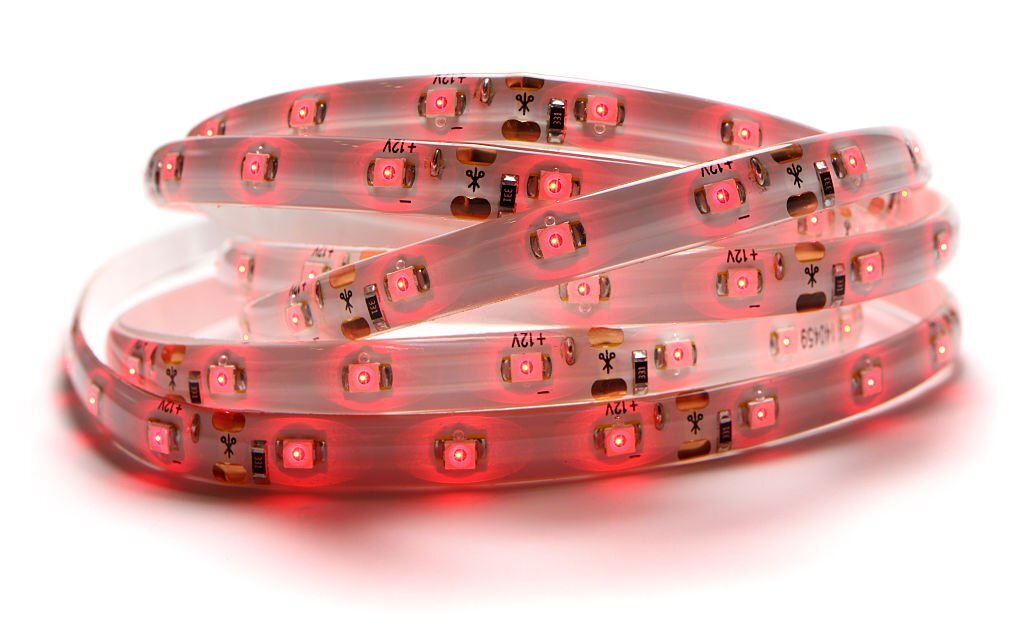It’s during the production process that different grades of tea are produced. The most common grading system uses letters for all the different types of tea. Even though the grading system used by the bestteasupplier as well as other specialized tea retailers is mostly used for black tea, other types of tea also use the grading system.
Types Of Tea
The most common types of tea that you will find in the market are:
- Black tea
Black tea is produced through an oxidation process that sees the freshly plucked tea leaves withered, rolled and then dried. In the process, the leaves get a very unique flavor and aroma that can be defined as malty, smoky, biscuit, and brisk.
Black tea has more caffeine than other types of tea but lower than the amount you find in coffee.
- Chai tea
This special tea has its origin in India. It comprises an infusion with Indian spices like cinnamon, cardamom, and even black pepper.
The caffeine levels in chai tea are also quite high – just as in black tea.
- Green tea
This type of tea is processed quite uniquely. After being plucked, the leaves are withered, rolled, dried, then cured.
Caffeine levels are very low.
- Oolong tea
The fresh tea leaves are withered and cured partially after which they undergo a quick-drying process so that the flavor and aroma are preserved.
The caffeine levels are in between that of black tea and green tea.
- White tea
This type of tea is made from young and delicate tea leaves or buds. Processing does not involve curing the leaves.
Caffeine levels are very low.
- Herbal tea
Herbal teas basically refer to beverages that are brewed from herbs which have been blended to create unique flavors.
Herbal tea doesn’t contain caffeine. They have known health benefits and can be very refreshing and calming.

Tea Grading
Tea grading systems haven’t been standardized so it’s worth noting that the grade doesn’t necessarily indicate the tea’s quality or flavor. However, the grades commonly address the caffeine levels, leaf size, picking season, and the location of the bush. The grading systems are used to separate the different types of tea during processing.
The grading terminology you’ll come across:
- D –Dust
The fine particles that remain after sifting. They dissolve very quickly to create strong and robust beverages.
- F – Fanning
Slightly larger than dust but still very small
- S – Souchong
This refers to the large course leaves found at the bottom of the branch. They’re mainly used for Chinese smoked teas.
- P – Pekoe
This grade is slightly less coarse than souchong
- OP – Orange Pekoe
These tea leaves are found around the end of the branch. After the flowers and buds, they’re the smallest.
- BOP – Broken Orange Pekoe
This grade is broken down by machines and infuses faster as compared to whole leaf varieties.
- FOP – Flower Orange Pekoe
This grade refers to the OP that also has young buds
- FBOP –Flowery Broken Orange Pekoe
Refers to broken OP to which a small amount of buds has been added
- GFOP – Golden Flowery Orange Pekoe
Refers to FOP with buds and flowers that have a golden color
- TGFOP – Tippy Golden Flowery Orange Pekoe
Refers to FOP to which a large percentage of golden tips have been added
- FTGFOP – Finest Tippy Golden Flowery Orange Pekoe
Refers to the finest teas from premier estates. Teas in this grade contain flowers, buds, and the youngest leaves.

Conclusion
Die-hard tea lovers know everything there is to know about tea and are usually very specific about what goes into their cup. The more personalized the type and grade of tea is, the more deepened their enjoyment experience is. As we mentioned earlier, sometimes the grading systems may vary from one producer to the next. It’s, therefore, very important that you double-check to see that the grade you’re buying is exactly what you want.







